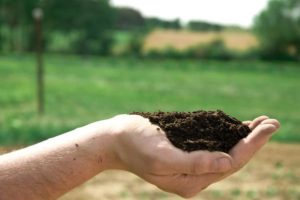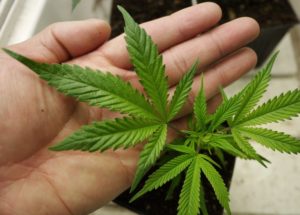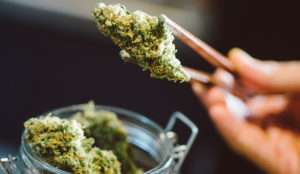Growing Organic Marijuana

Many of my students, as smart as they are, understand that burning something induces a chemical reaction that changes the chemical make-up of whatever is being burned. Why am I saying this? Well, according to cannabis safety institute it is much more dangerous to inhale burning pesticides than to ingest them, as one would by eating a turnip contaminated with pesticides.
Plenty of newbie smokers and growers assume that adding a little synthetic fertilizers into their buds won’t harm them over the course of their smoking career and lifetime, and they’re quite wrong. The effects of chemicalized bud produces a harsh, crappy smoke that just leaves you ending up feeling groggy.
There is an upside to eating organically, of course there is, that’s why people do it. By putting healthy things into your body you in turn become healthier, that’s some simple logic anybody can get behind, right? It is much more complex than that, but for now everybody can get that part. So if, as a society, we have all become more interested in healthy living why are people not growing marijuana organically? It’s proven that the pesticides, fertilizers, and other chemicals used while growing marijuana contain poisonous chemicals that are incredibly bad for us especially if they are smoked rather than ingested. I hypothesize that the growing community believes it is either too expensive or too difficult to grow organically, today, I am here to prove this notion as false so that we may move forward into a brighter future; one where our bud isn’t laced with Agent Orange.
For starters, the key to growing any plant at all is the soil. This is especially true for marijuana, due to it’s intensive needs as it changes stages during it’s growing cycle. Different stages of the grow cycle require different amounts of specific nutrients, which is why it’s not only healthier and cheaper to produce your own compost and fertilizers, but, also more effective because you can adjust the ratio of specific ingredients.
A general ingredient list for compost that I personally use is this:
(You can check out more in the book here.)
- carbon rich materials – dead leaves, plant trimmings, etc
- nitrogen rich materials – manure, coffee grounds, fruit and vegetable peels, etc
- coco fiber (this stuff is amazing!)
- rock phosphate
- epsom salts
- pH up / down
- bat gueno
- blood meal
It is important to know that compost, once every ingredient is combined and has been mixed, takes between two and five months to ripen. Natural fertilizers are made in just about the same way, though it does not need to ripen/decay usually, and the ingredients should be adjusted to fit the stage of the growing cycle your plant is currently in.
(For example, during the flowering stage you might want to cut back on a lot of the nitrogen rich materials.)

Organic fertilization is that easy. If you don’t trust your home-made fertilizer there are a variety of organic fertilizers out there, I recommend not using these but if you want too just make sure none of the ingredients will conflict directly with growing marijuana. Avoid all fertilizers that have “time released” nutrients, as previously stated marijuana plants have many stages that require different nutrient levels at each stage and a time released nutrient will end up giving your plant nutrient burn eventually.
Once you have an organic way to facilitate the growing of your plants, you must think of how to protect them from pests. Of course, I will not be recommending pesticides for you all (even though many claim to be organic). Natural pesticide concoctions are easy to make, safe to spray onto the plant directly, and have no adverse side effects. One recipe I use is pressed garlic, cloves, anise, lavender oil, and the juice of hot peppers mixed with water. Another tactic used on more substantial infestations is using natural predators that won’t harm your plants. Here is a list of many common marijuana plant pests (left) paired with their natural predators which are available for purchase.
- Spider mites – P. persimilis
- Thrips – Cucumen
- Fungus gnats – S. scmitus
- Aphids – Lady bugs

One last tactic is to use pungent plants to either attract pests to them rather your marijuana (such as marigolds and thrips) or away from the plants in general, like geraniums. By placing a few marigolds and geraniums throughout your crop you’ll be deterring a fair number of pests, and once it’s coupled with your natural pesticide concoction your plants will be untouchable!
Hope this helps,
Thanks you guys for supporting my mission,
(You can read more about that here.)
For now,
~Ryan
